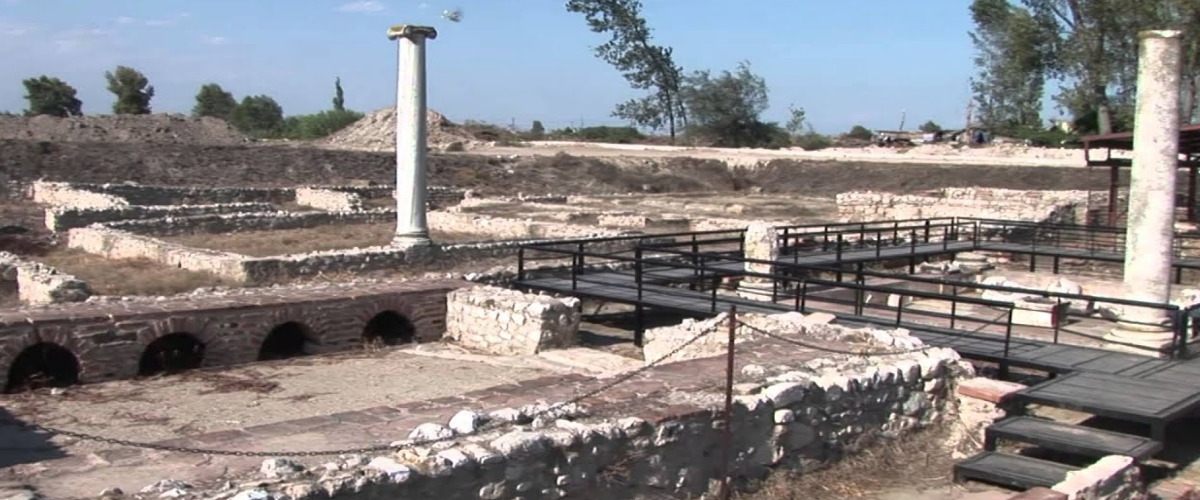History of Dion
The city of Dion is known as the holy city of the Macedonians. Since the 5th century, when the Macedonian state began to gain great power and influence, athletic and theatrical games and performances took place in the region.
The kings of Macedonia made sure to establish the sanctuary of Zeus as the central place of worship for all Macedonians and over time the city grew in size, acquiring a series of monumental buildings in the late 4th century BC.
It was here that Philip II celebrated his glorious victories and where Alexander gathered his troops to prepare for his conquering journeys, worshipping Zeus. Later, he commissioned 25 bronze statues of the horsemen who fell at the battle of Granicus to the sanctuary of Olympian Zeus.
The Romans conquered the city in 169 BC, but the sanctuary continued to function and the city actually experienced a second golden age in the second and third centuries AD, with the construction of even more shrines.
However, during the early Christian period, the city began to shrink in size and was eventually sacked by the forces of Alaric, king of the Goths. The natural disasters of the 5th century completed the destruction of the great city, whose inhabitants were forced to move to a safer area at the foot of Mount Olympus.




